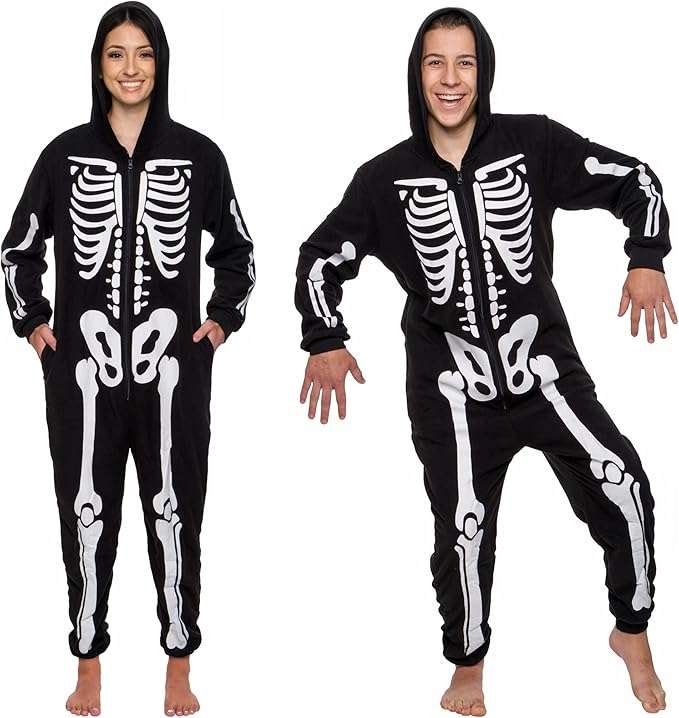# Exploring the Popularity and Origins of the Skeleton Costume in Halloween Celebrations
Halloween is a time when the thin veil between the world of the living and the dead is believed to be at its most permeable. It is a season marked by carved pumpkins, haunted houses, trick-or-treating, and, most notably, costumes. One of the most enduring and iconic Halloween costumes is the skeleton, symbolizing both the eerie undercurrent of the holiday and a playful mockery of our mortality. In this exploration of the skeleton costume’s role during Halloween, we delve into its origins, cultural significance, variations, and tips on how you can create your own spine-chilling skeletal ensemble.
Origins and Historical Significance of Skeleton Costumes in Halloween
The tradition of donning skeleton costumes for Halloween has deep roots linked to ancient celebrations. Halloween itself is believed to originate from Samhain, an ancient Gaelic festival marking the end of the harvest season and the beginning of winter or the “darker half” of the year. It was a time when cattle were brought down from summer pastures, and when people believed spirits could pass more easily into our world.
Adaptation from Ideological Symbols to Costume Pieces
Skeletons have long served as enduring symbols throughout history — from detailed skeletal artwork in medieval churches to Day of the Dead festivities in Latin America. It wasn’t until modern celebrations of Halloween took shape that these symbols evolved into costumes.
Skeletal Figures in Folklore and Mythology
The appearance of skeletal figures in lore across cultures symbolizes a link to the spiritual side. In many belief systems, bony visages remind observers to consider their mortality and ponder afterlife mysteries — impulses that are magnified during Halloween.
Skeleton Costumes Across Cultures
In some Latin American Day of the Dead observances, skeletons are famously featured as “calacas,” festive representations meant to honor deceased loved ones. Meanwhile, Western interpretations leading up to today’s standard Halloween costume have simplified the figure into a universally recognizable stick figure made entirely of bones.
Variations in Skeleton Costumes Over Time
Today’s retail market offers a vast array of skeleton-themed attire. From traditional black jumpsuits with white bone prints to glow-in-the-dark versions and high-fashion takes that incorporate sequins or neon colors, skeleton costumes continue to evolve.
Modern Popularity and Trends
Modern technology has also influenced how we approach these classic outfits. LED lights embed costumes with lively animations, while augmented reality allows for e-mask applications that give wearers an eerie undead mien via their smartphone screens.
DIY: Creating Your Own Skeleton Costume
For those inclined toward creativity rather than store-bought solutions, composing a DIY skeleton costume can be greatly satisfying. Body painters create astonishingly lifelike skeletons atop skin, while others re-purpose old clothes with some simple fabric paint or accessorize their look with three-dimensional bone structures constructed from various materials.
Skeleton Costumes as Cultural Commentary
Beyond basic costume wear, some individuals use this guise for more profound commentary. In an age where environmental concerns lead discussions on human impact, “eco-skeletons” carrying messages about sustainability may march in parades or attend events.
Styling Tips for a Convincing Skeleton Appearance
Accompanying makeup on face and hands is key; black and white are staples, but incorporating unexpected hues can offer distinction to your ensemble. Don’t neglect detail; tiny brushes can achieve additional realism around eyes or simulate cracks in bone structure.
Notes
Image Description: A person dressed in a skeleton costume stands against a haunted house backdrop. Their face is painted with intricate black and white patterns resembling human bones; fluorescents outline their edges for a striking night-time effect. A full moon looms overhead, casting a silhouette on dilapidated wood siding, enhancing the spookiness of the scene.
